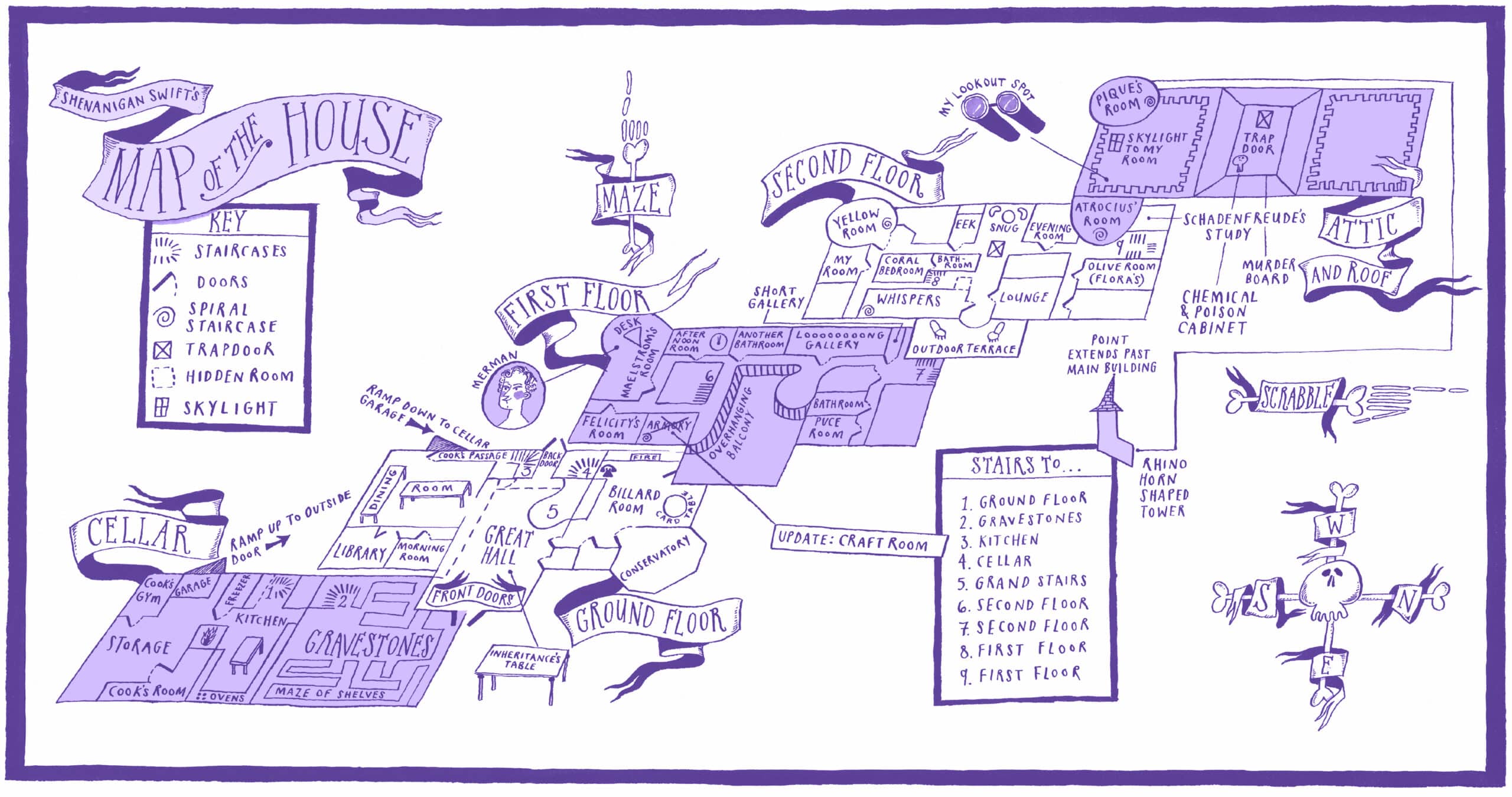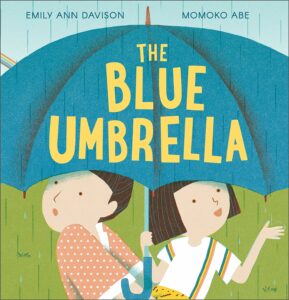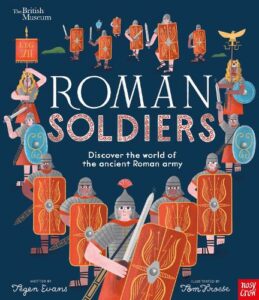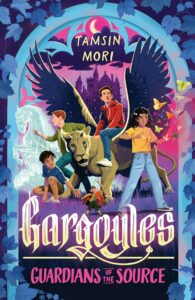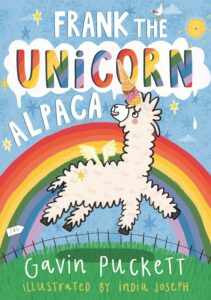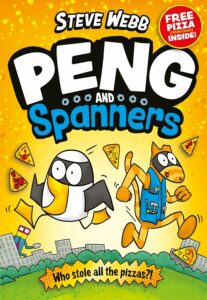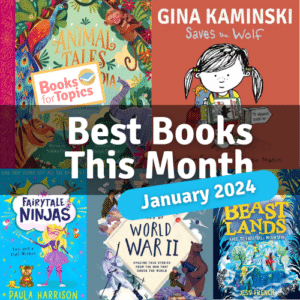This book will delight anyone who loves horses, from complete beginners to experienced riders. With stunning photography and detailed illustrations it describes everything from tacking up and mounting to what to do when a horse bolts, preparing for a country ride or a three-day event. Includes links to websites with more riding tips and advice.
 Guest Post: Mike Stirling
Guest Post: Mike Stirling
Director of Mischief at Beano Studios and co-author with Craig Graham of The Day the Teachers Disappeared, out now.
When Laughter Powers Reading
I’m cautiously optimistic that teachers reading something by Beano’s Director of Mischief may already have witnessed the positive role of comic storytelling in their classroom.
Weekly comics like Beano and The Phoenix, comic book series like Bunny Vs. Monkey and Dogman, and especially the new ‘hybrid’ heavily illustrated and hilariously funny novels, such our own growing range of Beano ‘boomics’ are helping teachers engage reluctant readers.
In learning environments where humour is allowed to flourish, kids can become more confident, creative, develop more empathy, achieve better emotional balance, and enjoy greater pleasure in reading and learning.
Stories told alongside funny pictures are the most hardworking form of literature. I know this from the number of times, kids, parents, and teachers have told us that the weekly Beano comic have tempted them to build a habit reading.
Word-to-Picture Ratio
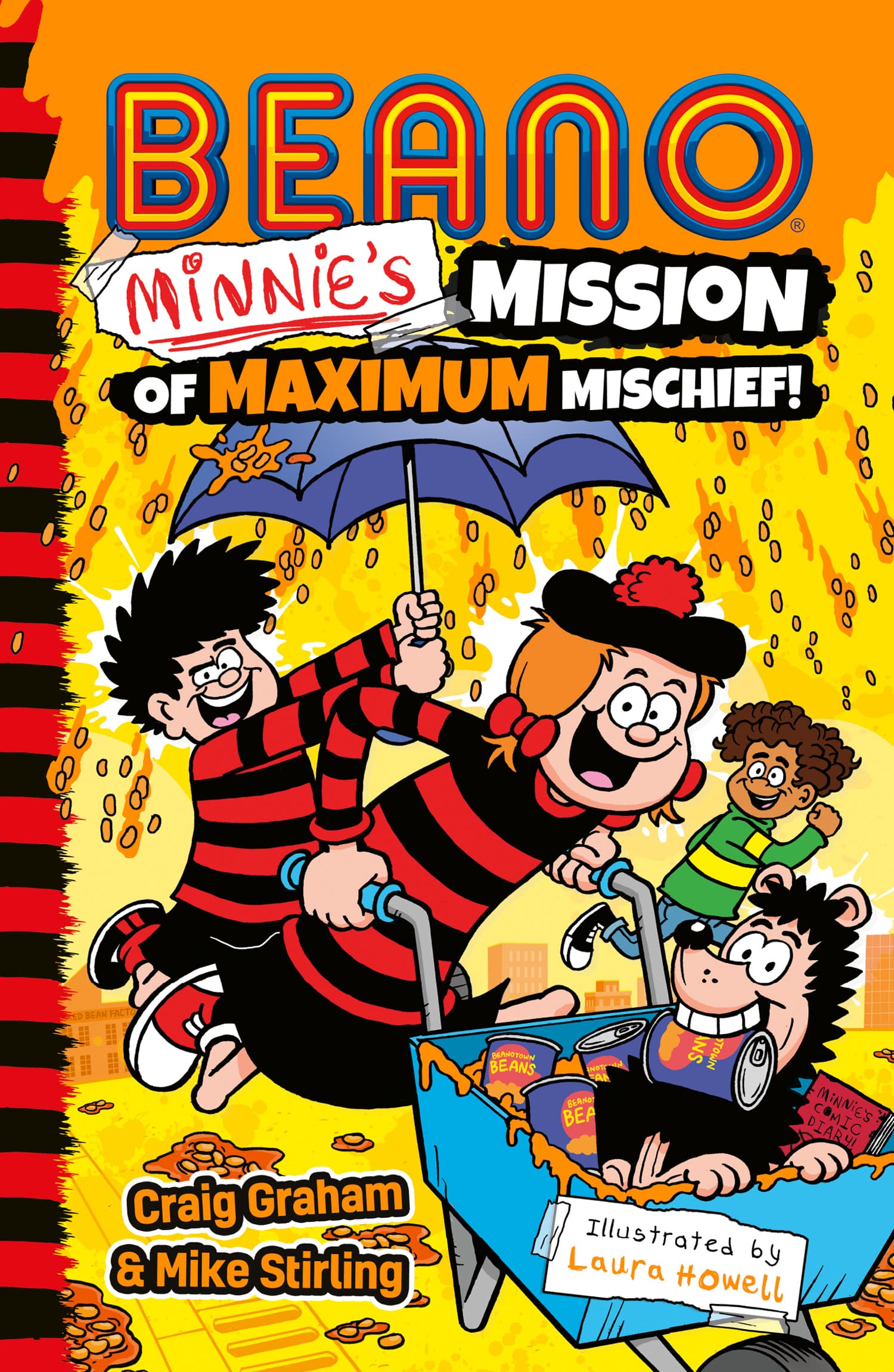 When Craig Graham and I started writing the boomics (laugh-out-loud funny books with comic pictures), we aimed at discovering the perfect ratio of words to funny pictures. Every boomic is accessible, serving a ‘scaffolded’ reading experience, where images support digestible chunks of text.
When Craig Graham and I started writing the boomics (laugh-out-loud funny books with comic pictures), we aimed at discovering the perfect ratio of words to funny pictures. Every boomic is accessible, serving a ‘scaffolded’ reading experience, where images support digestible chunks of text.
This removes many barriers to reading. For instance, pictures can support kids who are autistic to successfully decode the emotions of characters, while dyslexic readers are encouraged by using the images as landmarks to interpret, comprehend and remember.
Audio Boomboxes
Every boomic is available in unabridged audiobook format too, and we enhance reading aloud (the ultimate way to engage reluctant readers) by creating free soundboxes via Beano.com.
These ‘Boomboxes’, which are using special effects to be unleashed alongside each illustration, are a fantastic way to add a new interactive dimension to telling stories and are perfect for the classroom.








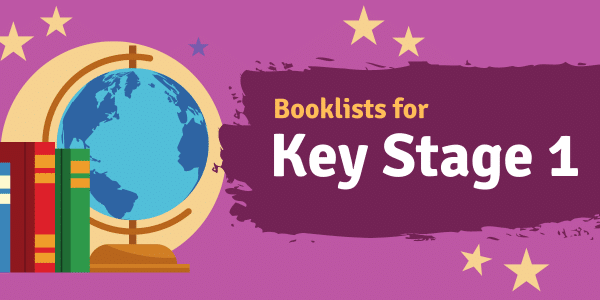
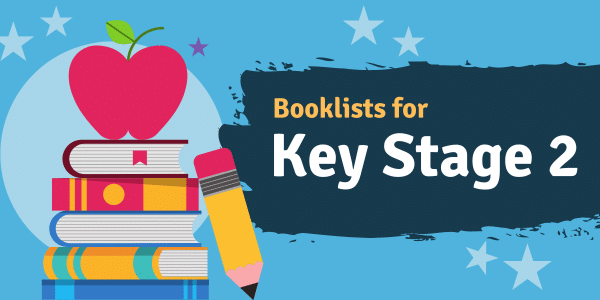

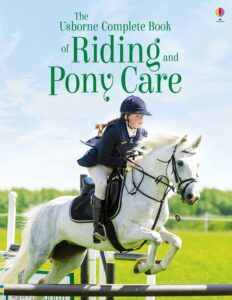

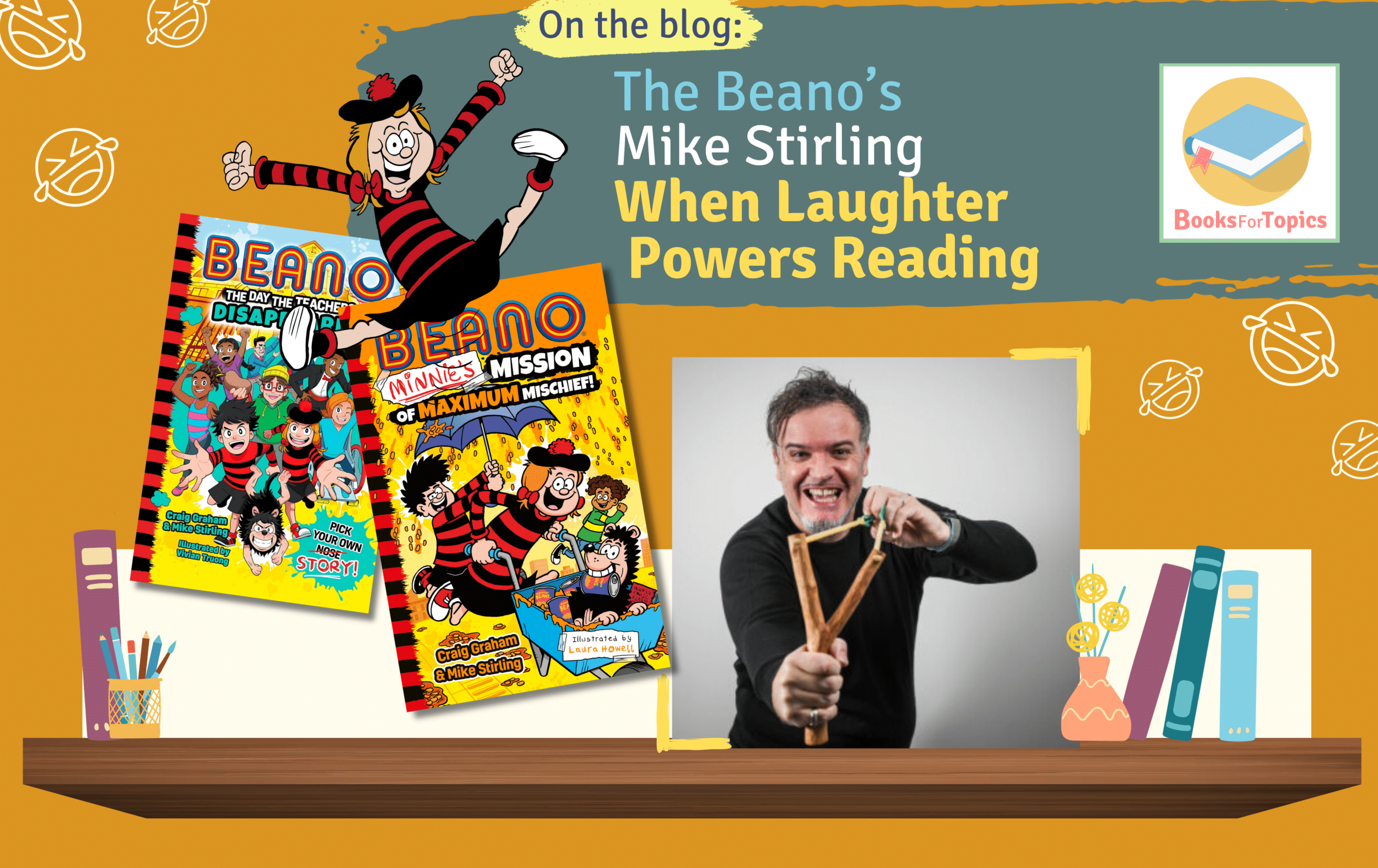
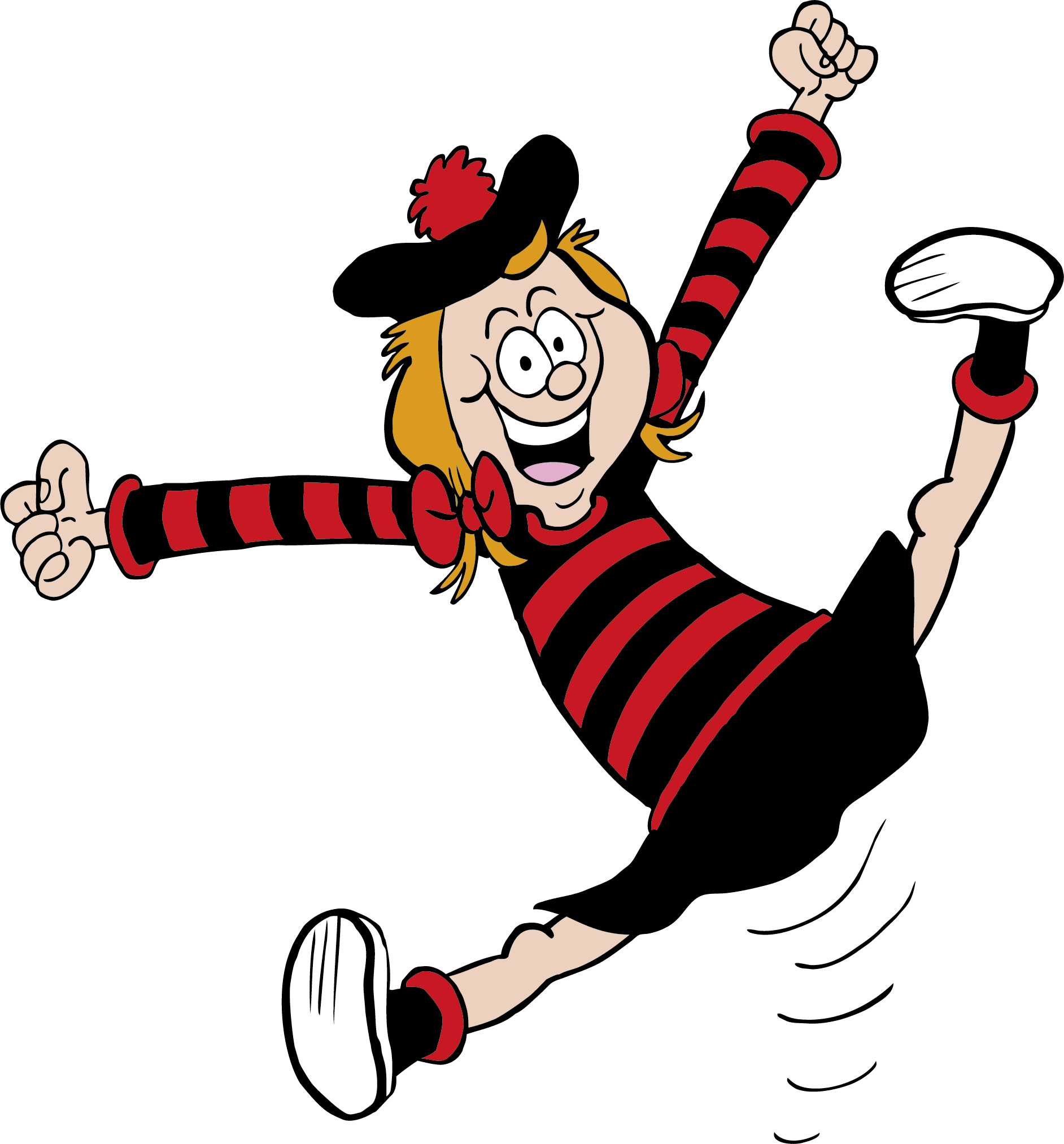
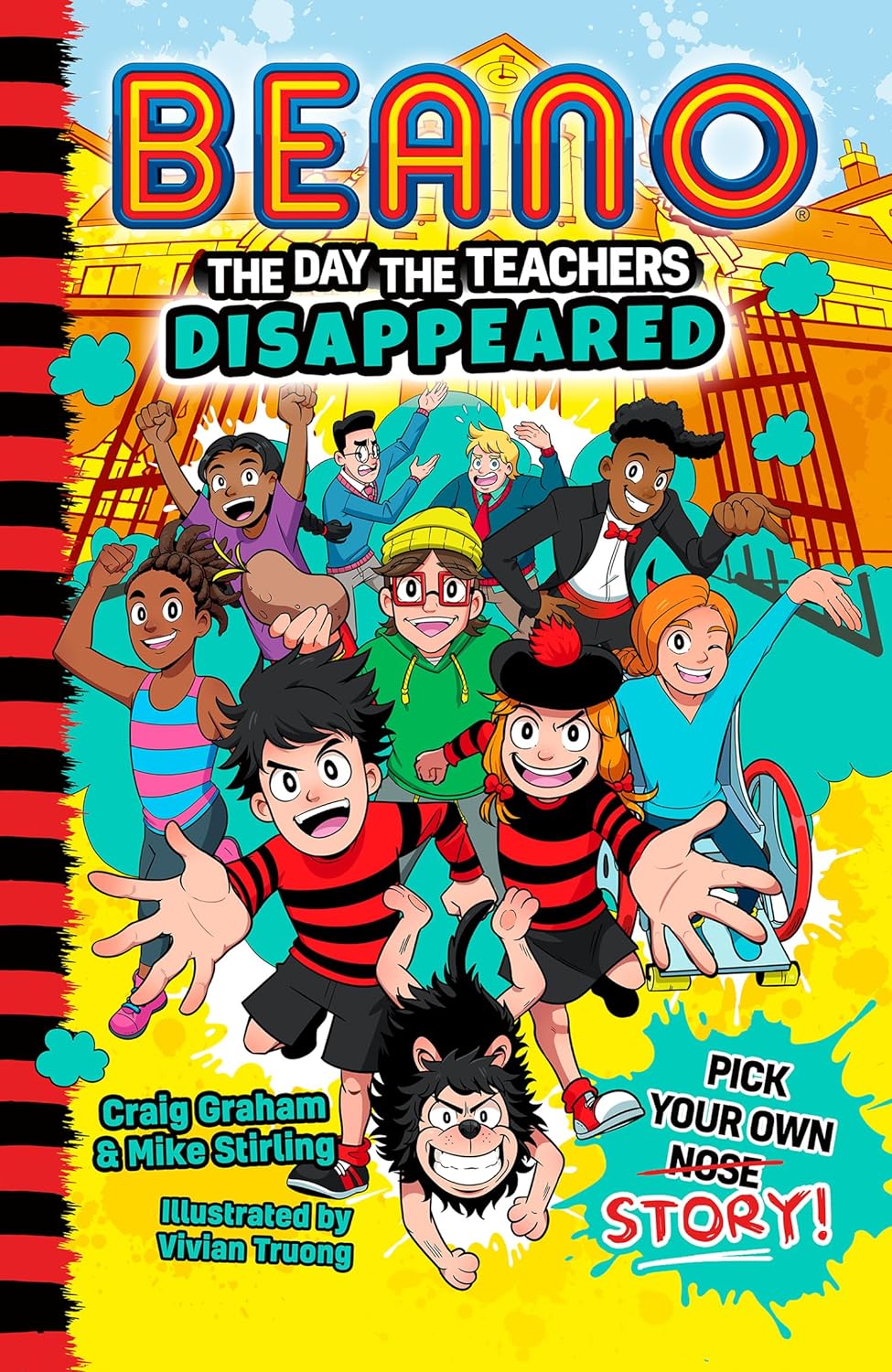

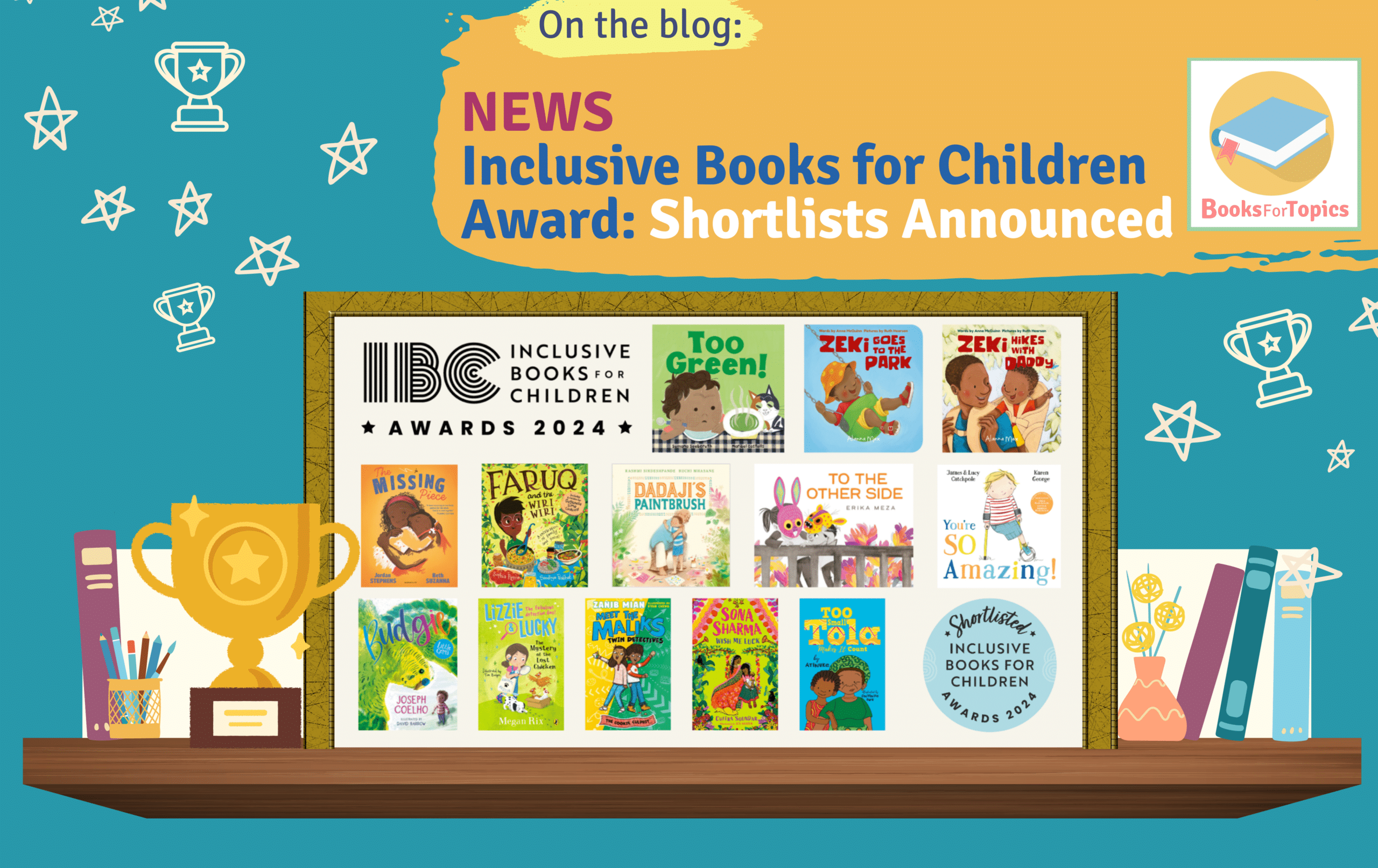
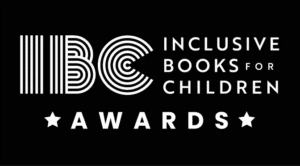

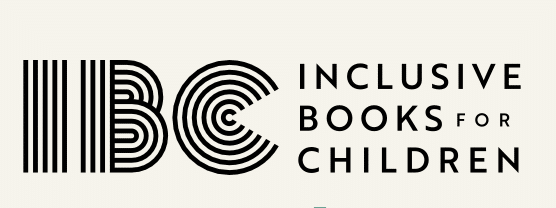

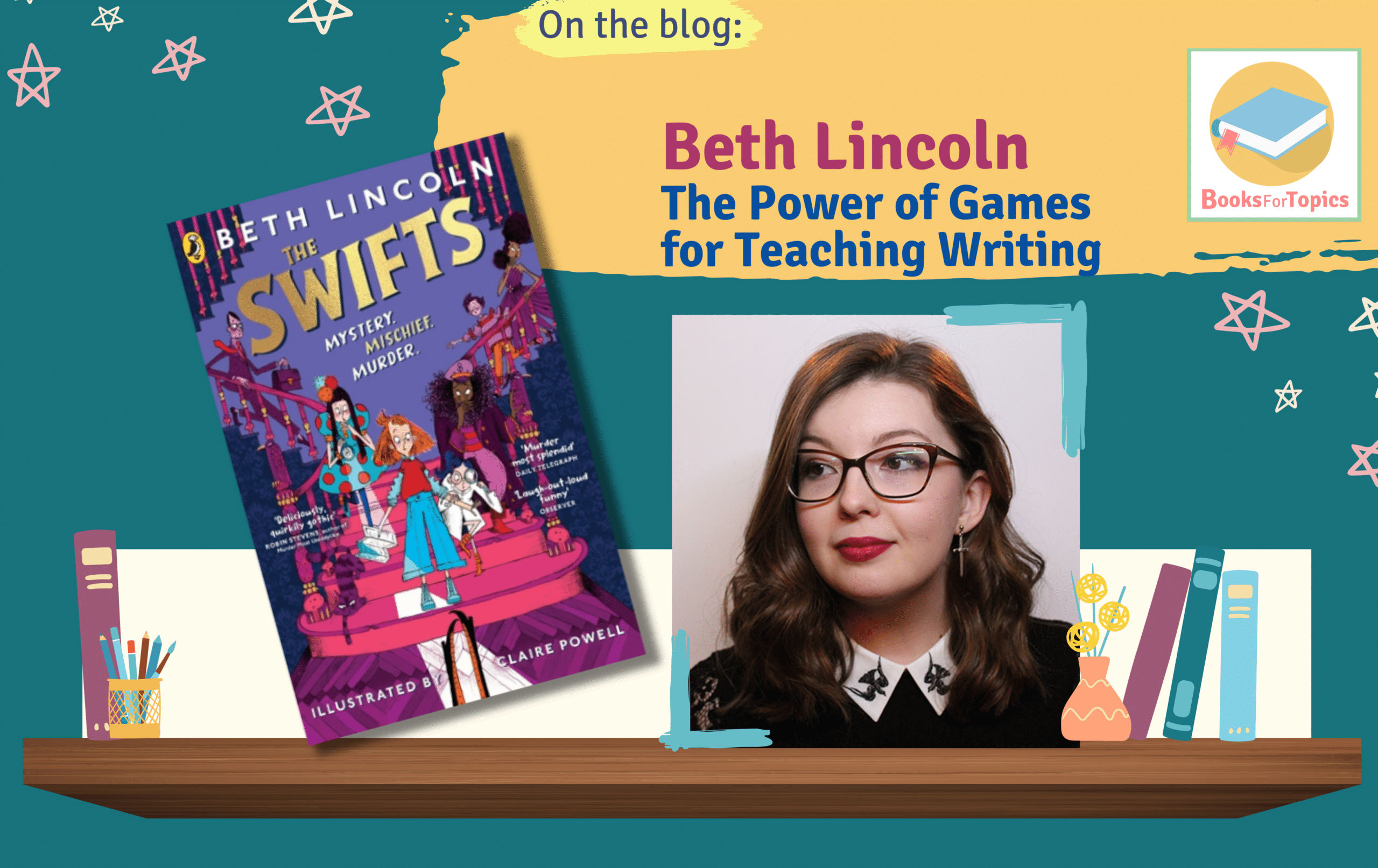

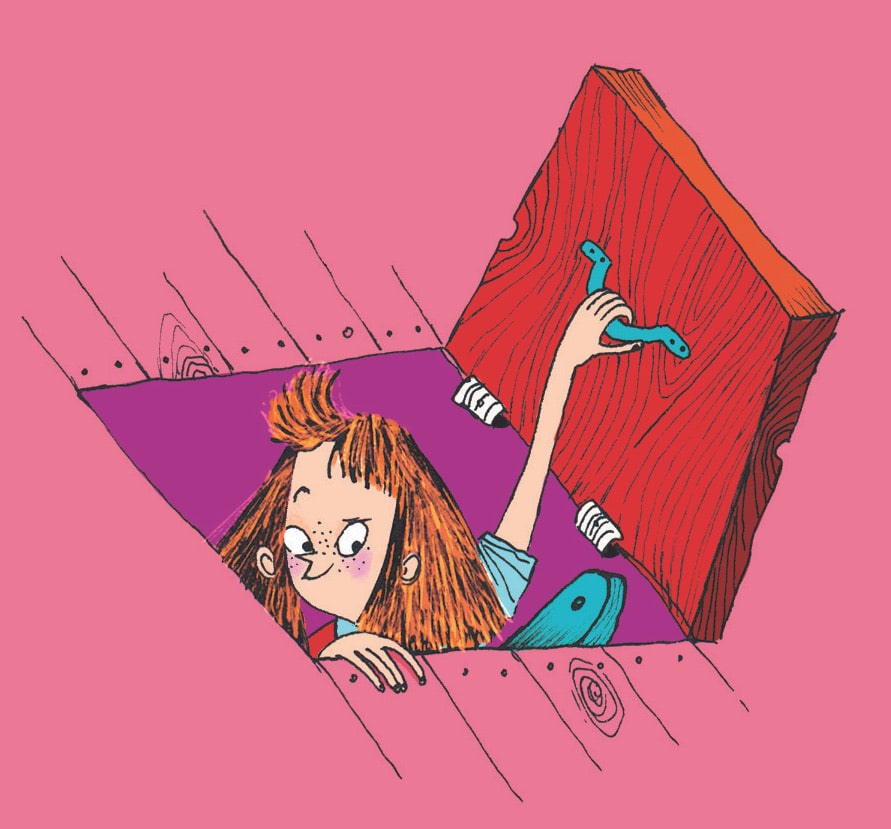 Children are instinctive storytellers. When we first engage in play as children, we usually begin by playing pretend. Toddlers will act out mundane tasks like cooking or talking on the phone, adorably narrating a story of their actions as they go along. As they get older and their play becomes more sophisticated, the things they pretend to do get more fantastical and outlandish, and once they reach the stage of smushing two action figures together and declaring that Elsa and Action Man are going to rob a bank, I reckon they’ve grasped 90% of being a writer—the part that is, simply, play.
Children are instinctive storytellers. When we first engage in play as children, we usually begin by playing pretend. Toddlers will act out mundane tasks like cooking or talking on the phone, adorably narrating a story of their actions as they go along. As they get older and their play becomes more sophisticated, the things they pretend to do get more fantastical and outlandish, and once they reach the stage of smushing two action figures together and declaring that Elsa and Action Man are going to rob a bank, I reckon they’ve grasped 90% of being a writer—the part that is, simply, play.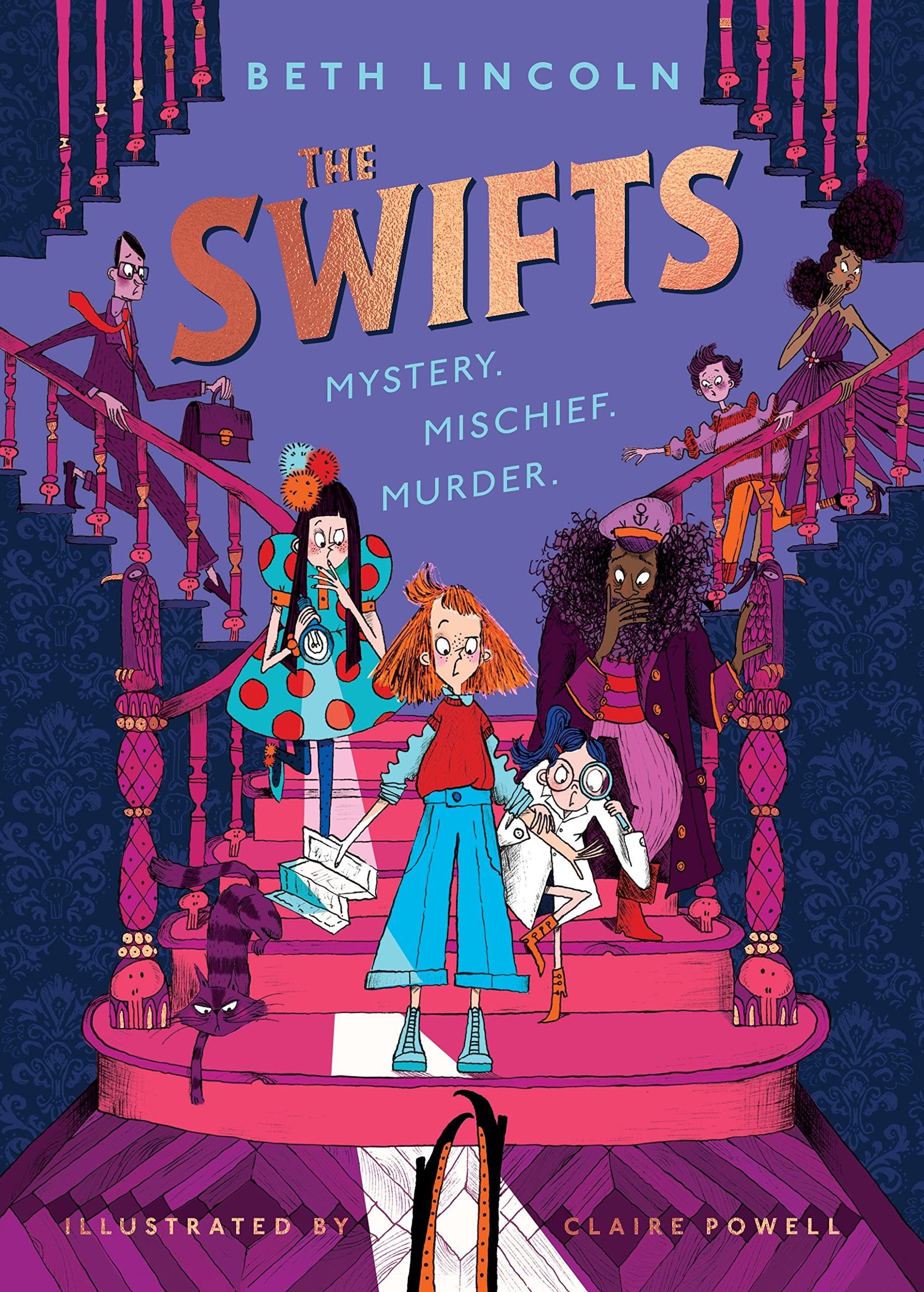
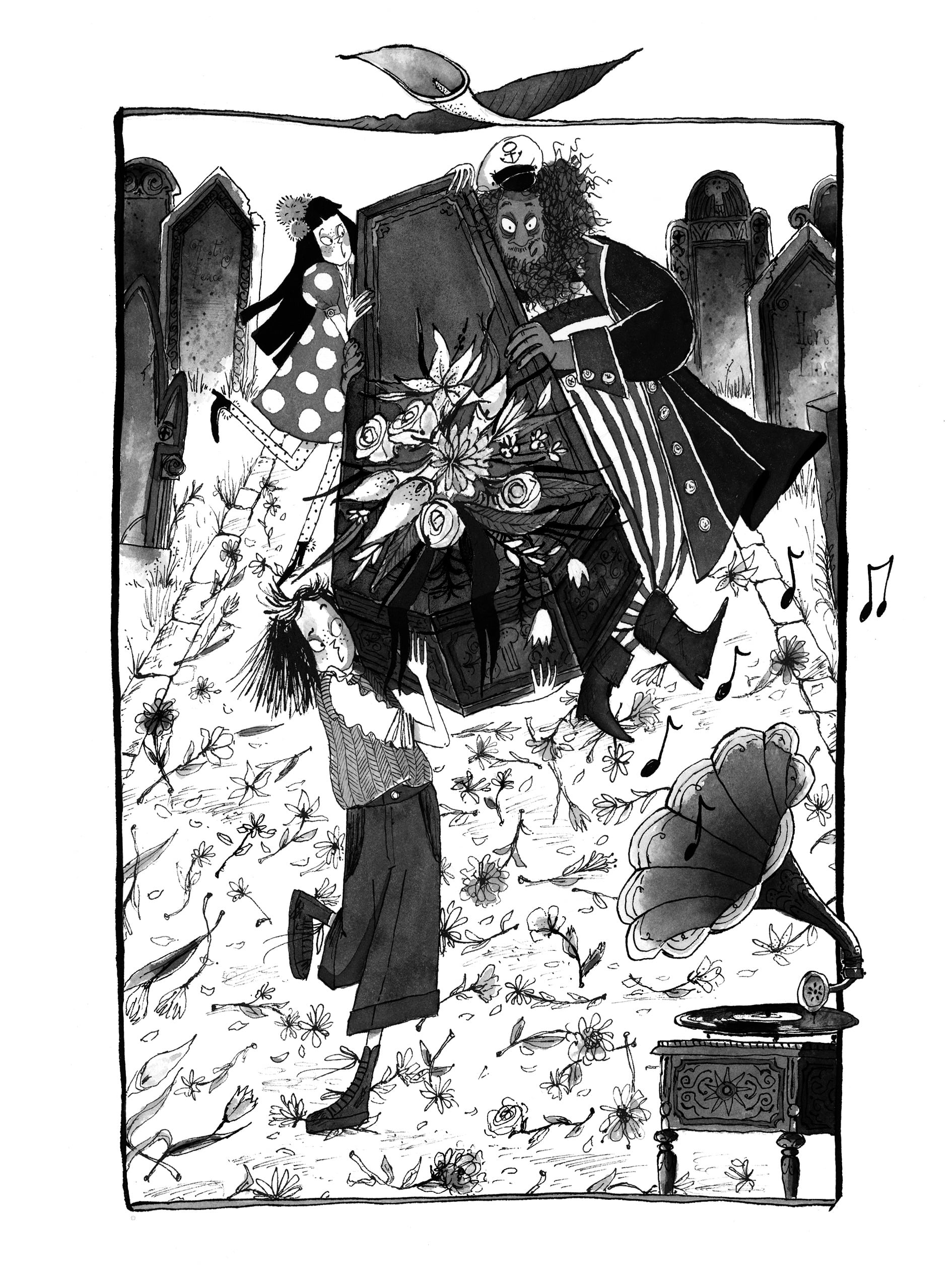 I could go on about this for pages, quite honestly. There are countless opportunities to introduce games and play when teaching writing skills:
I could go on about this for pages, quite honestly. There are countless opportunities to introduce games and play when teaching writing skills: